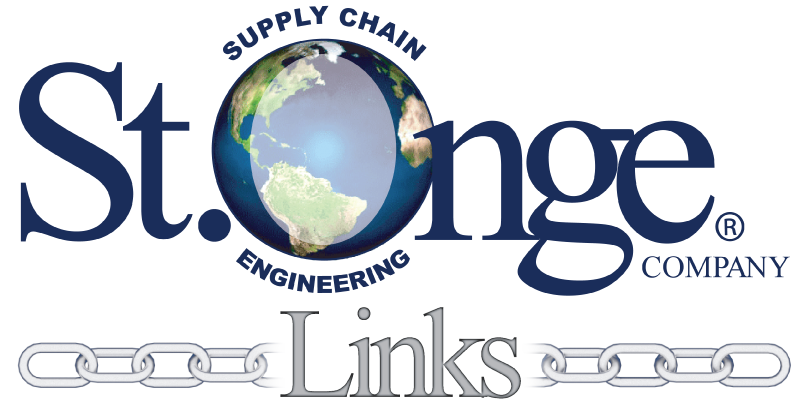
Fleet Mobility – Alphabet Soup
 We may feel the same about the terms floating around the transportation industry to explain mobility technology. Some of these terms are defined below.
We may feel the same about the terms floating around the transportation industry to explain mobility technology. Some of these terms are defined below.
- AI (Artificial Intelligence) – The development of computer systems able to perform tasks that normally require human intelligence, such as visual perception, speech recognition, decision-making, and translation between languages (Oxford Language dictionary via Google)
- ELD (Electronic Logging Device) – An ELD synchronizes with a vehicle engine to automatically record driving time, for easier, more accurate hours of service (HOS) recording. (US Federal Motor Carrier Safety Administration at fmcsa.dot.gov/)
- Geofencing – The use of GPS or RFID technology to create a virtual geographic boundary, enabling software to trigger a response when a mobile device enters or leaves a particular area (Oxford Language dictionary via Google)
- GPS (Global Positioning System) – a navigational system using satellite signals to fix the location of a radio receiver on or above the earth’s surface (https://www.merriam-webster.com)
- RFID (Radio-Frequency IDentification) – Technology that uses radio waves to read and collect information from a label/tag (https://internetofthingsagenda.techtarget.com/)
- Machine Learning – The process by which a computer is able to improve its own performance by continuously incorporating new data into an existing statistical model (https://www.merriam-webster.com) without explicit programming. Machine learning helps a computer to achieve artificial intelligence. (https://www.britannica.com)
- Telematics – The use of wireless devices and “black box” technologies to collect and transmit data in real time back to an organization (https://www.gartner.com/en/)
What do they have in common besides giving you a full spoonful of alphabet soup? The answer is Fleet Management software is dependent on these tools to collect and process the data required to manage a fleet’s resource (equipment & driver) performance, safety, freight regulation compliance, and fleet equipment maintenance. Just as you can construct words from the letters in alphabet soup, you can combine these technologies to play a significant role in best of class Fleet Management, for example:
- Driving routes setup with geofencing enabled for each shipment.
- Workers attach RFID tags containing finished product and related details before shipping.
- Drivers scan the RFID labels on the products, containers or pallets and load them onto outbound trucks.
- ELDs record when trucks leave the shipping location, their speed, idle time, etc.
- Telematics transmit ELD data back to the shipper’s host system and continue to do so until the route is completed.
- If a driver deviates from the expected route, Geofencing is triggered. By using the RFID tag or GPS on the tractor, an alert is sent back to the shipper.
- Driver scans the shipment’s RFID labels at all stops including the final destination to complete the deliveries.
- Driver returns to the shipper location.
- Once a route is completed, Machine Learning processes the recorded data and performs analyses to determine and implement the changes needed to improve performance.
- IT uses the data from the above to develop AI to imitate informed human behavior
Now that I am older and somewhat wiser, a bowl of alphabet soup is no longer intimidating (except for the taste, but that is a different subject). After reading this blog, I hope you feel the same about some of the mobility technology required to enable a fleet management system that delivers the results you need!
Stay tuned for more blogs that continue to explore the transportation industry and its systems.
–Jess Kittrell, St. Onge Company





